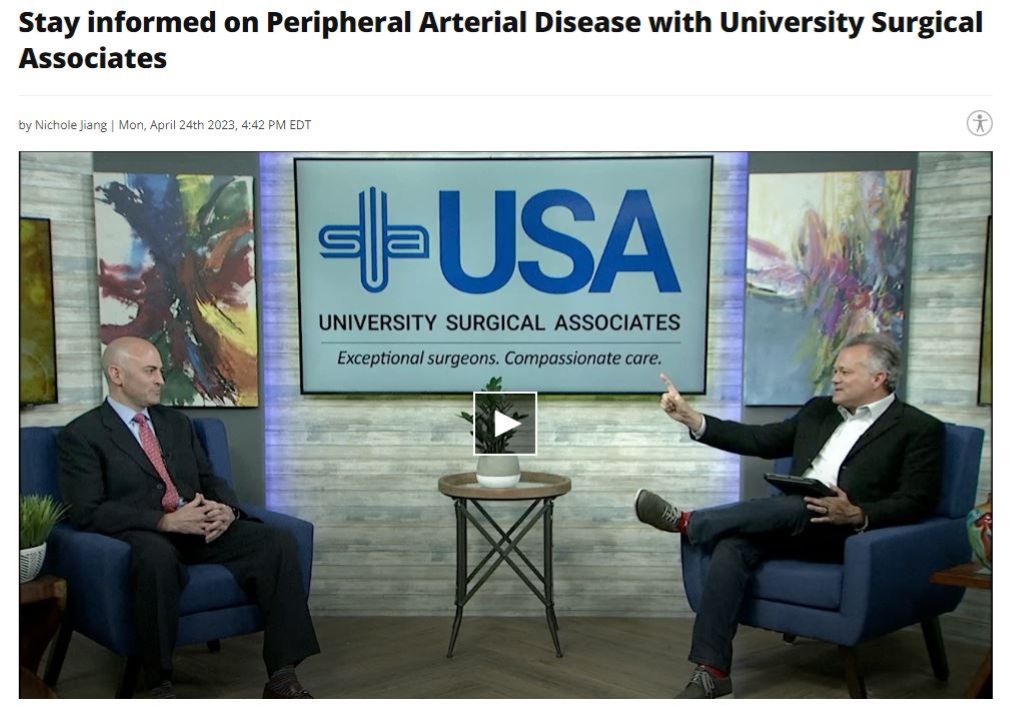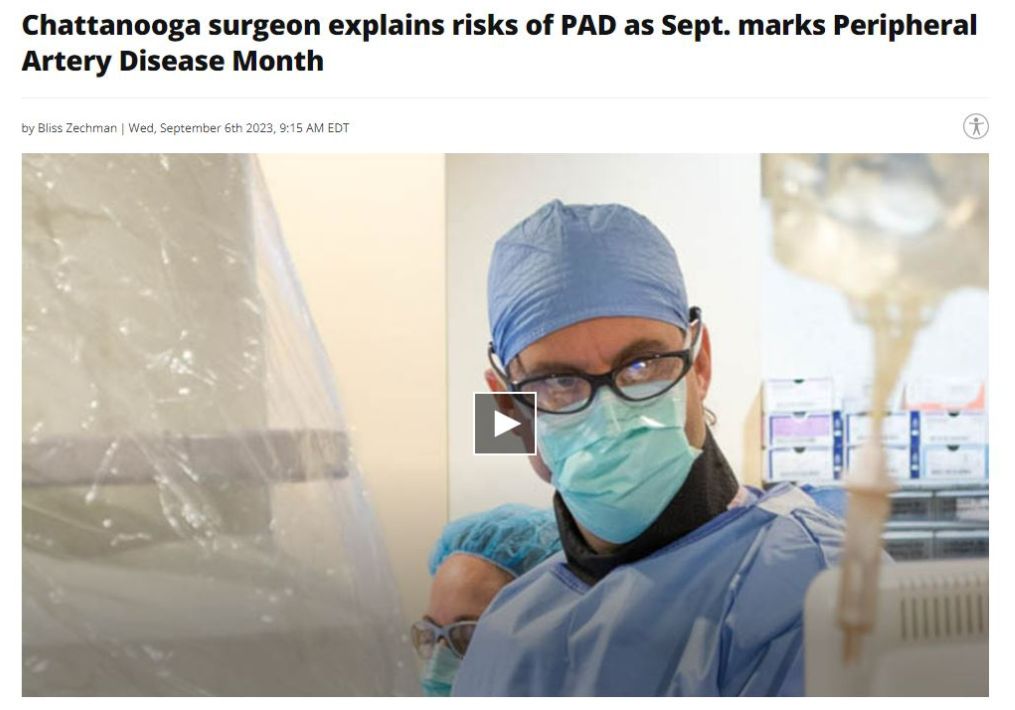Peripheral Artery Disease (PAD)
Peripheral Artery Disease (PAD), occurs when blood flow to the limbs is reduced due to narrowed arteries. This circulatory disorder is a serious condition that can cause problems using the arms and legs. Often, an individual will not know he or she has the disease until certain PAD signs and symptoms are present.
Peripheral Artery Disease FAQs
Treating Peripheral Artery Disease
Before receiving a peripheral artery disease diagnosis, you will usually undergo a physical exam and ankle-brachial index (ABI) or another test that evaluates your vascular system to see if PAD is present. Once officially diagnosed, your doctor may suggest the following for peripheral artery disease treatment:
- Taking medication
- Lifestyle changes, such as more exercise and a healthy diet
- Vascular or endovascular surgery
Peripheral artery disease is a serious condition, and if left untreated, it can cause major injury to your vascular system, and even put you at risk for amputation. Contact University Surgical Associates today to schedule an appointment and find the best PAD treatment option for your situation. Our vascular surgeons are experienced in treating a variety of conditions including deep vein thrombosis, carotid artery disease, aneurysms, and more.




